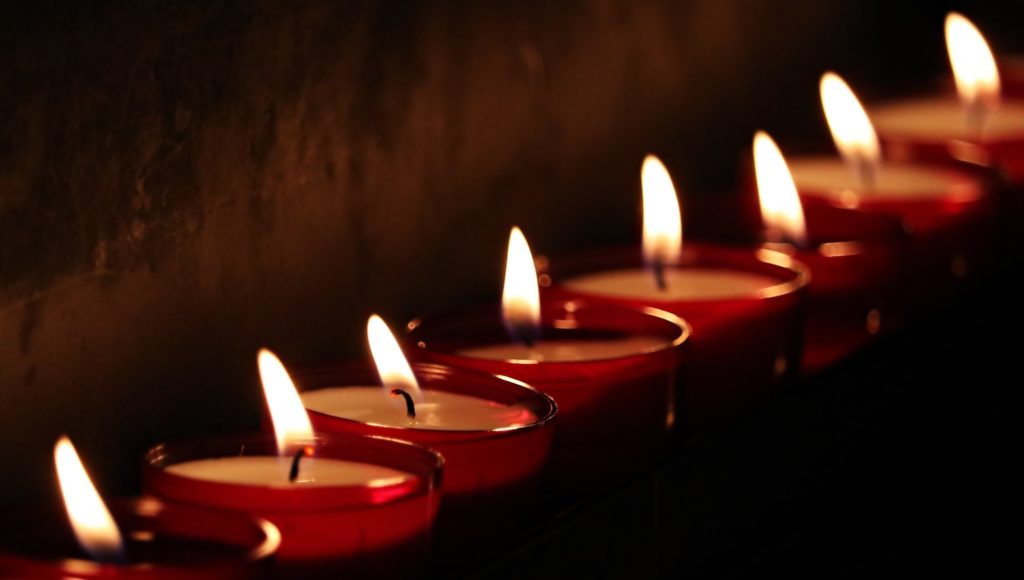
In 2016, 50.2% of American families chose to cremate a loved one while 43.5% decided on a burial. Both are popular, respectable options to put someone to rest. But otherwise, they’re almost nothing alike.
Although cremation has become more prevalent year after year, there’s still a place for burials. Cremation vs. burial: Which is the best choice for your family? That’s a question only you can answer.
But we can help you come to the most informed decision possible. We’ll make it simple and compare the pros and cons of both arrangements.
When most people think of laying a loved one to rest, they imagine a traditional burial. An embalmer prepares the body. Once laid in a casket, the remains are buried under the earth. It’s also possible to place the body in a crypt.
With cremation, the remains turn to ash. These are generally kept in a funeral urn and may be buried, set in a crypt, home, or scattered.
The differences are starker than you might think. When it comes to cost, convenience, and religion, choosing to bury or cremate has its own advantages and disadvantages.
No matter which option you choose, both will share some of the same costs. Even if you choose to cremate, you can still hold a memorial service beforehand. A basic service, along with smaller fees, will run a few thousand dollars.
But that’s where the similarities end.
A traditional burial requires many additional services and purchases. You’ll be paying for the embalming, transportation, grave plot, headstone, and the casket. When all is said and done, it’s about $7,700to cover the cost of a burial.
In contrast, a cremation will cost about one-third of that price — or less. The price of cremations varies from state to state. But in general, you’ll only be paying for the cremation and storage container, such as an urn.
Most families opt for cremation because it’s the cheaper option by far.
Funeral arrangements can take one to two weeks to come to pass. During a traditional burial, it takes time for funeral services to prepare the body and grave plot, along with the smaller details. Not only is it time-consuming, but it demands you to make important decisions on a whim.
The cremation process can take place in a matter of days. If you’re not sure what to do with the remains, you’ll have plenty of time to come to a decision afterward.
However, after choosing to cremate, you cannot change your mind. You may remove buried remains and cremate them at a later date in certain jurisdictions, but choosing to cremate doesn’t give you the same flexibility.
Of all the decisions you need to make, be sure you’re certain with your choice between burial or cremation.
A memorial service is available with buried or cremated remains. However, the location and position of the remains can affect how friends and family members commemorate their loved one.
When the body is buried at a cemetery, it is always accessible. Many people enjoy the stable connection of grave sites, which allows them to leave personal mementos.
However, unless the entire family lives in the same area, it means they may have to take a small pilgrimage whenever they want to connect with the deceased.
Cremated remains are portable and are kept wherever is convenient — even at home. Since families tend to move often, they don’t have to worry about leaving the state and cemetery behind.
But this may disrupt the ability of other family members to spend time with the deceased when it suits them. There is also a risk that something happens to the urn while located at home or in transit.
Are you or a family member concerned about the environment? Then there are different factors to consider. Especially in large cities, some cemeteries are overcrowded. This presents a safety hazard with bodies buried nearby.
Other activists, troubled by the materials used in casket creation and the embalming process, decry traditional burials.
Depending on your perspective, it’s also troubling to cremate. Although cremation urns do not take public space, the cremation process releases possible pollutants into the atmosphere.
Cost is the most important factor for most people, but religion plays a big role in the decision to bury or cremate.
The Catholic church opposed cremation until 1963. Because Catholics believe in resurrection, it’s important they keep their remains intact. However, cremation is allowed so long as the remains are stored at a burial site and not scattered or kept at home.
Protestants have a similar perspective whereas the Greek Orthodox Church does not allow cremation.
But for some religions, cremation is the only option. In Hinduism, the body must be cremated as soon as possible to release the soul from the physical body.
Even the non-religious are concerned about paying proper respect to the bodies of the deceased. Some feel decomposition is the more natural option, whereas others believe scattering ashes is a more direct return to the earth.
The choice of cremation vs. burial is not an easy one to make. Consider which decision the deceased would have preferred. No matter which you choose, know that they’re both accepted ways to memorialize your loved one.
Has a death occurred in the family? It can be a bewildering and confusing experience. Contact us and we can help you navigate the process during your time of mourning.

Contact | Obituaries | Site Map | Privacy Policy | Terms of Use | Our Commitment to Accessibility |Fort Worth Cremation Services | Dallas Cremation Services | Website by FRM Websites